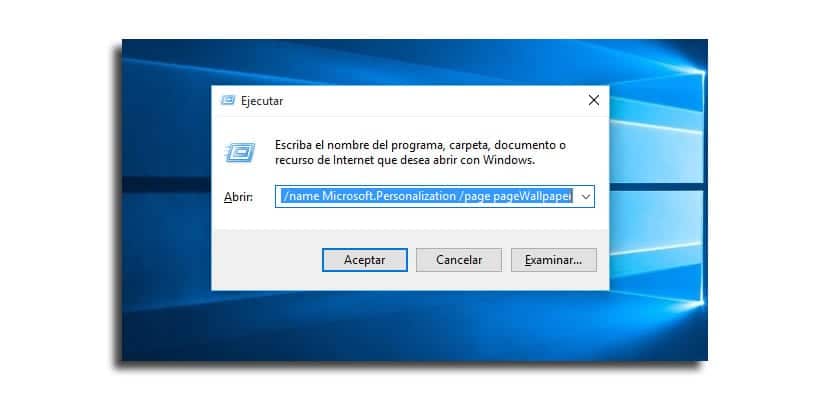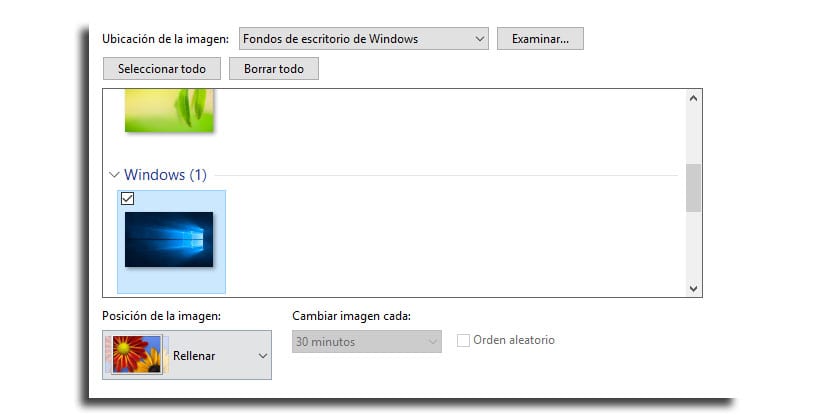
Having two monitors or more on your PC allows you to get more out of your daily chores. A monitor for Adobe Photoshop, while in the other you have the work center, to have a third party in which you can have chat windows, allows us to multiply the possibilities and our productivity to levels that one does not know when trying a willing PC for the first time in such a way.
One of the functionalities for multiple monitors that we had in Windows 8 and that has magically disappeared in Windows 10 is the ability to put different wallpapers or wallpapers for each of the screens. So if you have two or more monitors and you want to have a different wallpaper on each of them, surely the following trick will come in handy for you.
How to put a different wallpaper on each monitor
- The first thing we are going to do is launch run menu that we have in Windows 10. Click on Windows + R and we will have it open at the moment
- Already with this open window, we must write the following command:
control / name Microsoft.Personalization / page pageWallpaper

- We press enter and the wallpaper setting window which will include an important feature and that is to be able to select the different monitors for each wallpaper

- We click right mouse on some of the images (we can select the folder where we have the images we want included) and we will have the option to apply it on one or another monitor
Un simple trick to be able to configure one or another wallpaper as we want and thus extend the possibilities that come by default that also allow extending a large wallpaper in the width to be able to use that multi-monitor configuration that we have with those wallpapers designed for that size .